Epitalon (also known as Epithalon or AEDG) is a synthetic tetrapeptide studied for its potential anti-aging, neurogenic, and anti-cancer properties. Research has explored its effects on gene expression, chromatin structure, tumor development, and lifespan in various models and cell systems.
Epigenetic Regulation Mechanisms
Epitalon binds preferentially to specific sites on histones H1/3 and H1/6, which interact with DNA. This binding is proposed to facilitate increased transcription of neuronal differentiation genes, indicating a direct epigenetic regulatory role in gene expression during neurogenesis[1].
In plant models, Epitalon (AEDG) increases the expression of DNA methyltransferase genes and binds to specific DNA sites (CAG), potentially blocking methylation and altering gene expression. This suggests that Epitalon can modulate DNA methylation patterns, a key epigenetic mechanism[2].
Epitalon increases both mRNA expression and protein synthesis of neurogenic markers (Nestin, GAP43, β Tubulin III, Doublecortin) in human mesenchymal stem cells, supporting its role in promoting neuronal differentiation through epigenetic pathways[1].
Short peptides like Epitalon regulate the synthesis of stress-protective proteins, cytokines, and other factors involved in adaptation to stress, pathology, and aging. These peptides participate in both primary and delayed epigenetic regulation of adaptive responses[3].
Chromatin Remodeling
Epitalon has been shown to activate ribosomal genes in cultured lymphocytes from individuals aged 76-80, suggesting enhanced protein synthesis capacity in aged cells[4].
The peptide induces decondensation of pericentromeric structural heterochromatin, which is typically more condensed and transcriptionally inactive in older cells[4].
Epitalon promotes the release of genes that have become repressed due to age-related condensation of euchromatic chromosome regions, potentially restoring some youthful gene expression patterns[4].
It modifies both structural C-heterochromatin and facultative heterochromatin, leading to a more open chromatin state that is associated with increased gene activity[4].
By activating chromatin and reversing some age-related chromatin changes, Epitalon may help restore cellular functions that decline with age[4].
Telomerase Activation and Telomere Elongation
Epitalon has been shown to activate telomerase, the enzyme responsible for maintaining telomere length, in several cell types, including human fetal fibroblasts, L-02 cells, and bovine oocytes[5].
Treatment with Epitalon leads to elongation of telomeres, which are protective DNA sequences at the ends of chromosomes that typically shorten with each cell division[6].
In telomerase-negative human cells, Epitalon can induce the expression of the telomerase catalytic subunit, suggesting a reactivation of the telomerase gene[7].
Effects on Cellular Aging and Lifespan
Epitalon-treated human fibroblasts were able to surpass the normal division limit (Hayflick limit), undergoing additional cell divisions compared to untreated controls[8].
In models of induced cellular aging, Epitalon reduced telomere shortening and increased telomerase activity, effectively slowing the process of cellular senescence and prolonging cell lifespan[9].
Epitalon increases lifespan in Drosophila and in rats exposed to stressful light conditions, with effects observed even at extremely low concentrations[10].
Anti-Cancer Properties
Epitalon inhibits the development and growth of colon carcinomas and spontaneous mammary tumors in animal models. It reduces tumor size, number, and proliferation, and increases apoptosis in tumor cells[11].
In mammary tumors, Epitalon downregulates HER-2/neu gene expression, which may underlie its antitumor effects[12].
The peptide’s inhibitory effects on tumor development are more pronounced under certain environmental conditions (e.g., natural light exposure) and when administered throughout the carcinogenesis process[13].
Retinal Function and Neurogenesis
Epitalon administration in animal models of hereditary retinal degeneration (such as Campbell rats) preserved the morphological structure of the retina, increased its bioelectrical activity, and improved overall retinal function. These effects were observed when Epitalon was given from birth and were more pronounced when treatment included both prenatal and postnatal periods, extending retinal preservation by up to two times compared to controls[14].
The peptide appears to participate in transcriptional mechanisms common to both the pineal gland and retina, possibly linking its effects on circadian regulation and neuroprotection[14].
Epitalon and related pineal peptides act as antioxidants, stress-protectors, and geroprotectors, normalizing melatonin synthesis and supporting the function of the retina, brain, and other systems[15].
References
- Khavinson, V., Diomede, F., Mironova, E., Linkova, N., Trofimova, S., Trubiani, O., Caputi, S., & Sinjari, B. (2020). AEDG Peptide (Epitalon) Stimulates Gene Expression and Protein Synthesis during Neurogenesis: Possible Epigenetic Mechanism. Molecules, 25. https://doi.org/10.3390/molecules25030609.
- Fedoreyeva, L., & Vanyushin, B. (2021). Regulation of DNA methyltransferase gene expression by short peptides in nicotiana tabacum regenerants. AIMS Biophysics. https://doi.org/10.3934/biophy.2021005.
- Rubinskii, A., Linkova, N., Chalisova, N., Noskin, L., Marchenko, V., & Khavinson, V. (2021). [Epigenetic regulation of adaptogenesis by pathology and aging.]. Advances in gerontology = Uspekhi gerontologii, 34 1, 10-17 .
- Khavinson, V., Lezhava, T., Monaselidze, J., Jokhadze, T., Dvalishvili, N., Bablishvili, N., & Trofimova, S. (2003). Peptide Epitalon activates chromatin at the old age.. Neuro endocrinology letters, 24 5, 329-33 .
- Ullah, S., Haider, Z., Perera, C., Lee, S., Idrees, M., Park, S., & Kong, I. (2025). Epitalon-activated telomerase enhance bovine oocyte maturation rate and post-thawed embryo development.. Life sciences, 123381 . https://doi.org/10.1016/j.lfs.2025.123381.
- Khavinson, V., Pendina, A., Efimova, O., Tikhonov, A., Koltsova, A., Krapivin, M., Petrovskaia-Kaminskaia, A., Petrova, L., Lin’kova, N., & Baranov, V. (2019). Effect of Peptide AEDG on Telomere Length and Mitotic Index of PHA-Stimulated Human Blood Lymphocytes. Bulletin of Experimental Biology and Medicine, 168, 141 – 144. https://doi.org/10.1007/s10517-019-04664-0.
- Khavinson, V., Bondarev, I., & Butyugov, A. (2003). Epithalon Peptide Induces Telomerase Activity and Telomere Elongation in Human Somatic Cells. Bulletin of Experimental Biology and Medicine, 135, 590-592. https://doi.org/10.1023/A:1025493705728.
- Khavinson, V., Bondarev, I., Butyugov, A., & Smirnova, T. (2004). Peptide Promotes Overcoming of the Division Limit in Human Somatic Cell. Bulletin of Experimental Biology and Medicine, 137, 503-506. https://doi.org/10.1023/B:BEBM.0000038164.49947.8c.
- Shi-Liang, T. (2007). Retarding the cellular senescence by Epithalon and changes of telomere length and telomerase activity in the retarding process. Journal of Chongqing College of Education.
- Khavinson, V., Pendina, A., Efimova, O., Tikhonov, A., Koltsova, A., Krapivin, M., Petrovskaia-Kaminskaia, A., Petrova, L., Lin’kova, N., & Baranov, V. (2019). Effect of Peptide AEDG on Telomere Length and Mitotic Index of PHA-Stimulated Human Blood Lymphocytes. Bulletin of Experimental Biology and Medicine, 168, 141 – 144. https://doi.org/10.1007/s10517-019-04664-0.
- Kossoy, G., Zandbank, J., Tendler, E., Anisimov, V., Khavinson, V., Popovich, I., Zabezhinski, M., Zusman, I., & Ben‐Hur, H. (2003). Epitalon and colon carcinogenesis in rats: proliferative activity and apoptosis in colon tumors and mucosa.. International journal of molecular medicine, 12 4, 473-7 . https://doi.org/10.3892/IJMM.12.4.473.
- Anisimov, V., Khavinson, V., Provinciali, M., Alimova, I., Baturin, D., Popovich, I., Zabezhinski, M., Imyanitov, E., Mancini, R., & Franceschi, C. (2002). Inhibitory effect of the peptide epitalon on the development of spontaneous mammary tumors in HER‐2/neu transgenic mice. International Journal of Cancer, 101. https://doi.org/10.1002/ijc.10570.
- Vinogradova, I., Bukalev, A., Zabezhinski, M., Semenchenko, A., Khavinson, V., & Anisimov, V. (2007). Effect of Ala-Glu-Asp-Gly peptide on life span and development of spontaneous tumors in female rats exposed to different illumination regimes. Bulletin of Experimental Biology and Medicine, 144, 825-830. https://doi.org/10.1007/s10517-007-0441-z.
- Khavinson, V., Razumovsky, M., Trofimova, S., Grigorian, R., & Razumovskaya, A. (2002). Pineal-regulating tetrapeptide epitalon improves eye retina condition in retinitis pigmentosa.. Neuro endocrinology letters, 23 4, 365-8 .
- Khavinson, V., Kopylov, A., Vaskovsky, B., Ryzhak, G., & Lin’kova, N. (2017). Identification of Peptide AEDG in the Polypeptide Complex of the Pineal Gland. Bulletin of Experimental Biology and Medicine, 164, 41-43. https://doi.org/10.1007/s10517-017-3922-8.


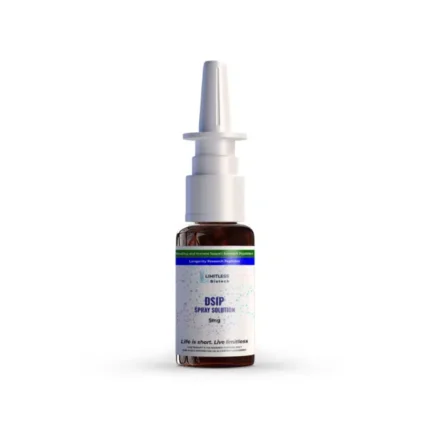



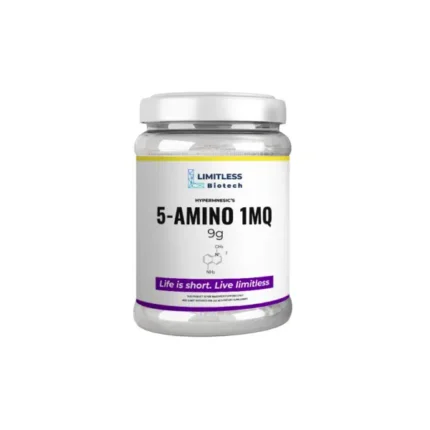

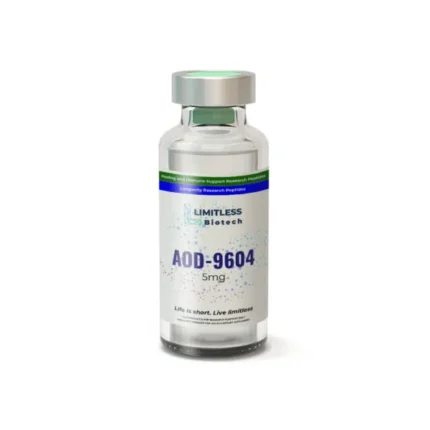
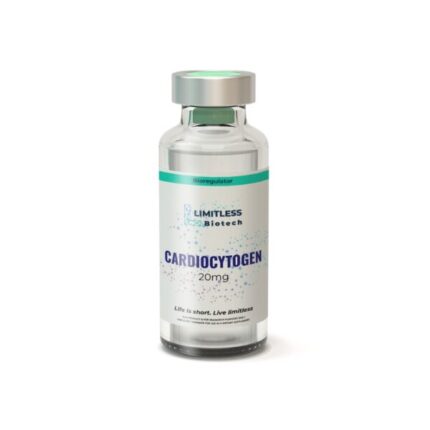
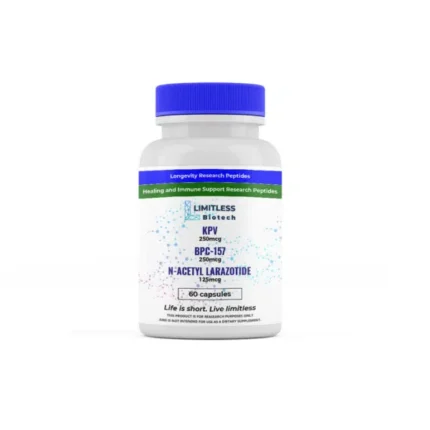


Reviews
There are no reviews yet.